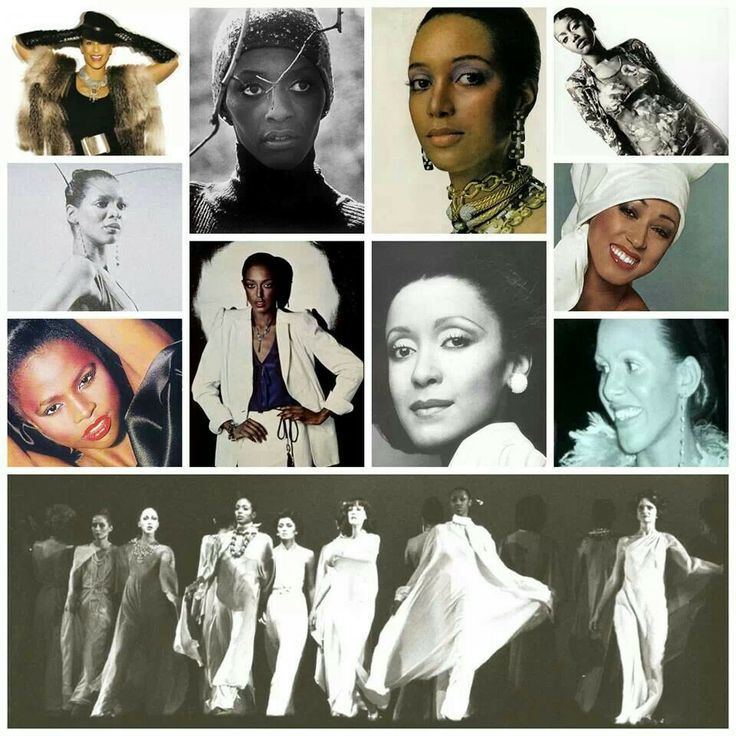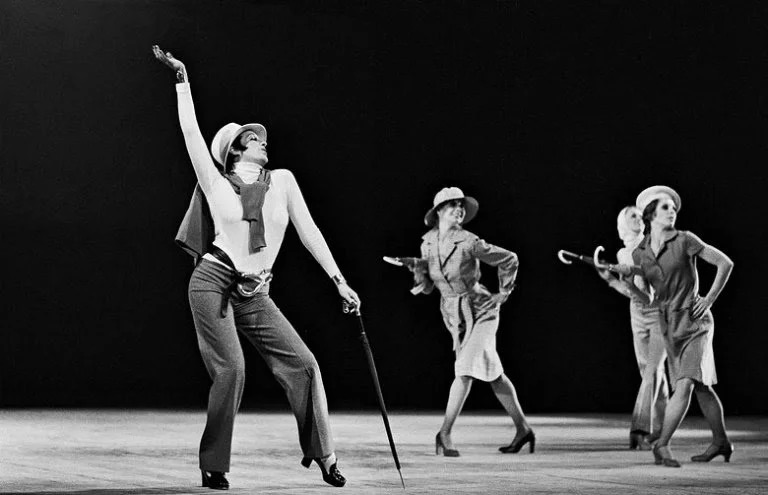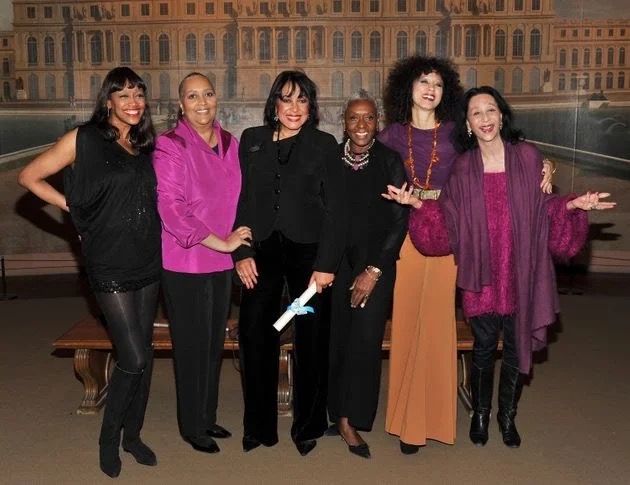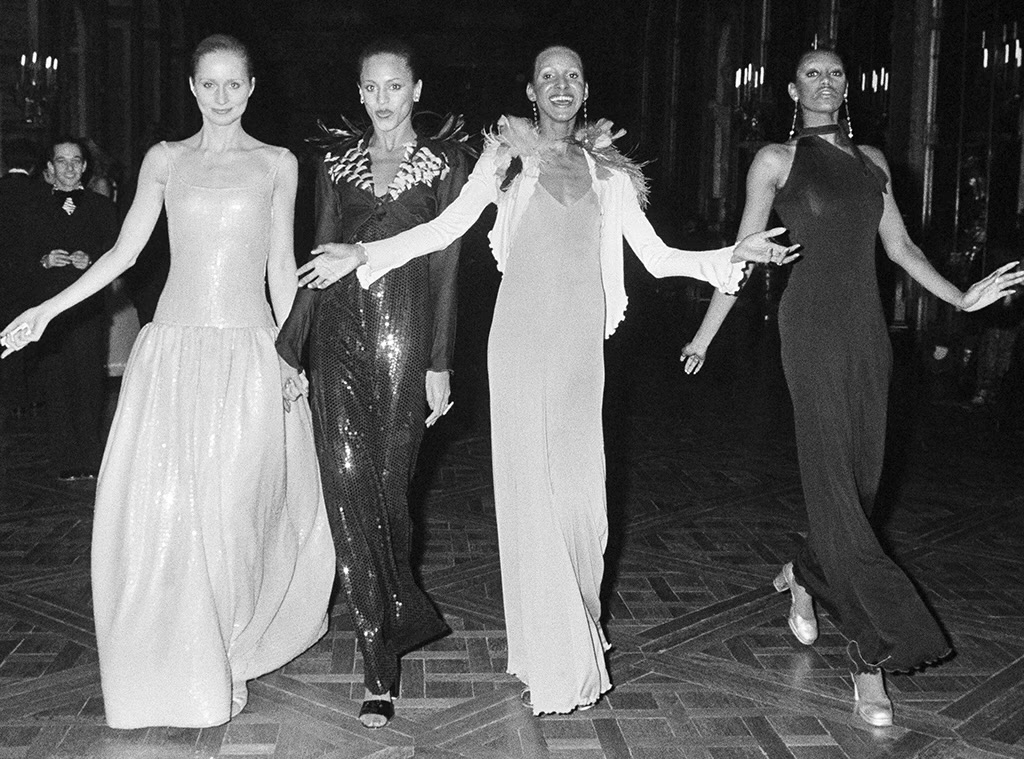
This November 28th marks 47 years since the legendary fashion show, The Battle of Versailles. Today, I remember Versailles ’73: The American Runway Revolution.
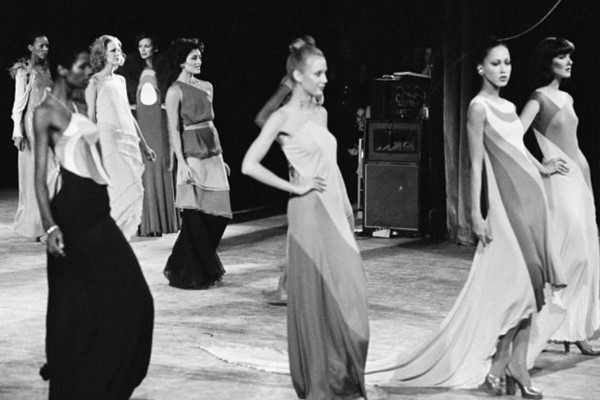
You may recall the name Eleanor Lambert, founder of the International Best Dress List, New York Fashion Week, the
Ms. Lambert is relentless in her efforts to boost recognition of American fashion, including at the Met Gala and the CFDA.
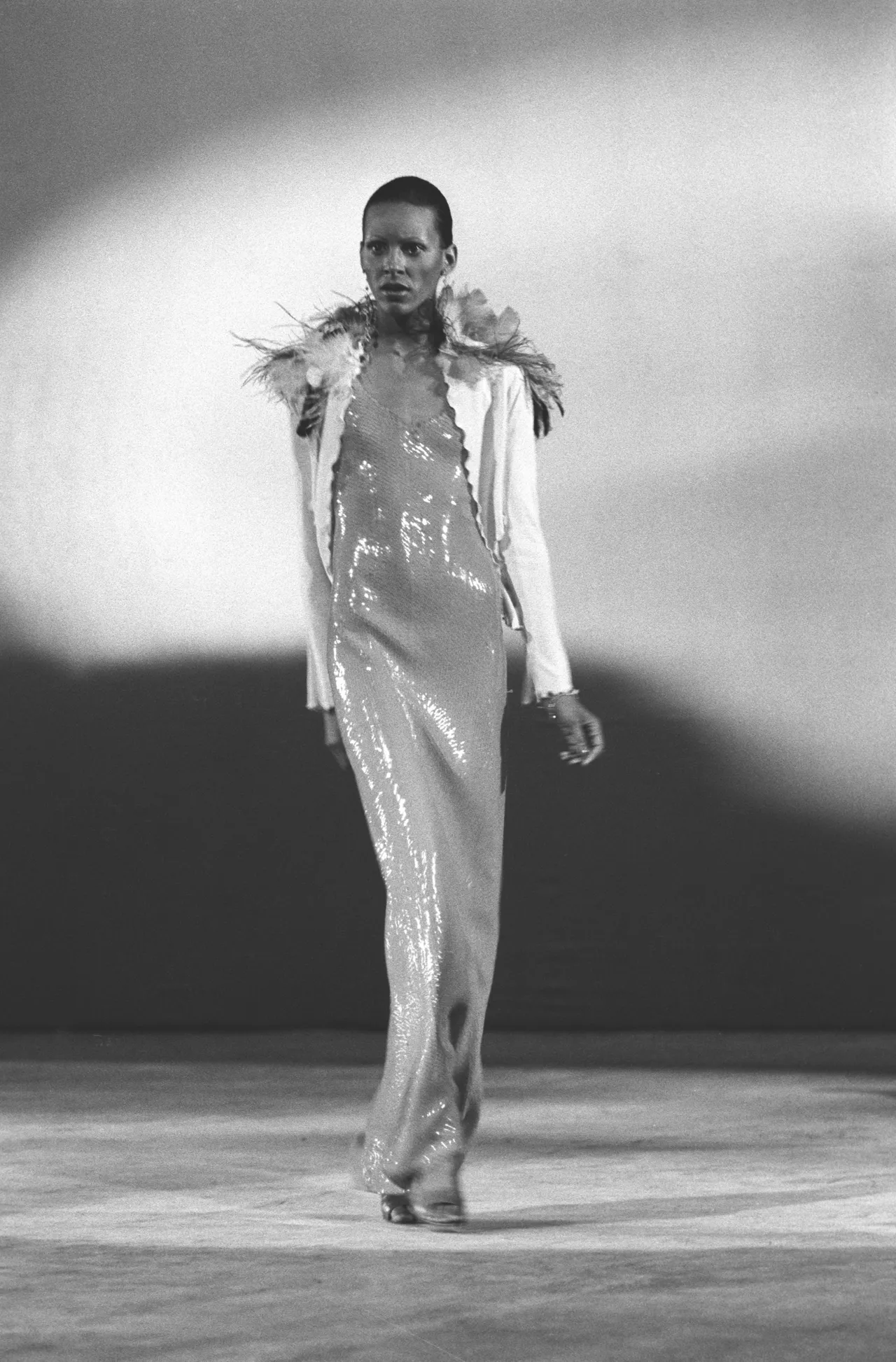
The fashion publicist is instrumental in the idea of a showdown of the top French designers against American newcomers. Why? Twofold.
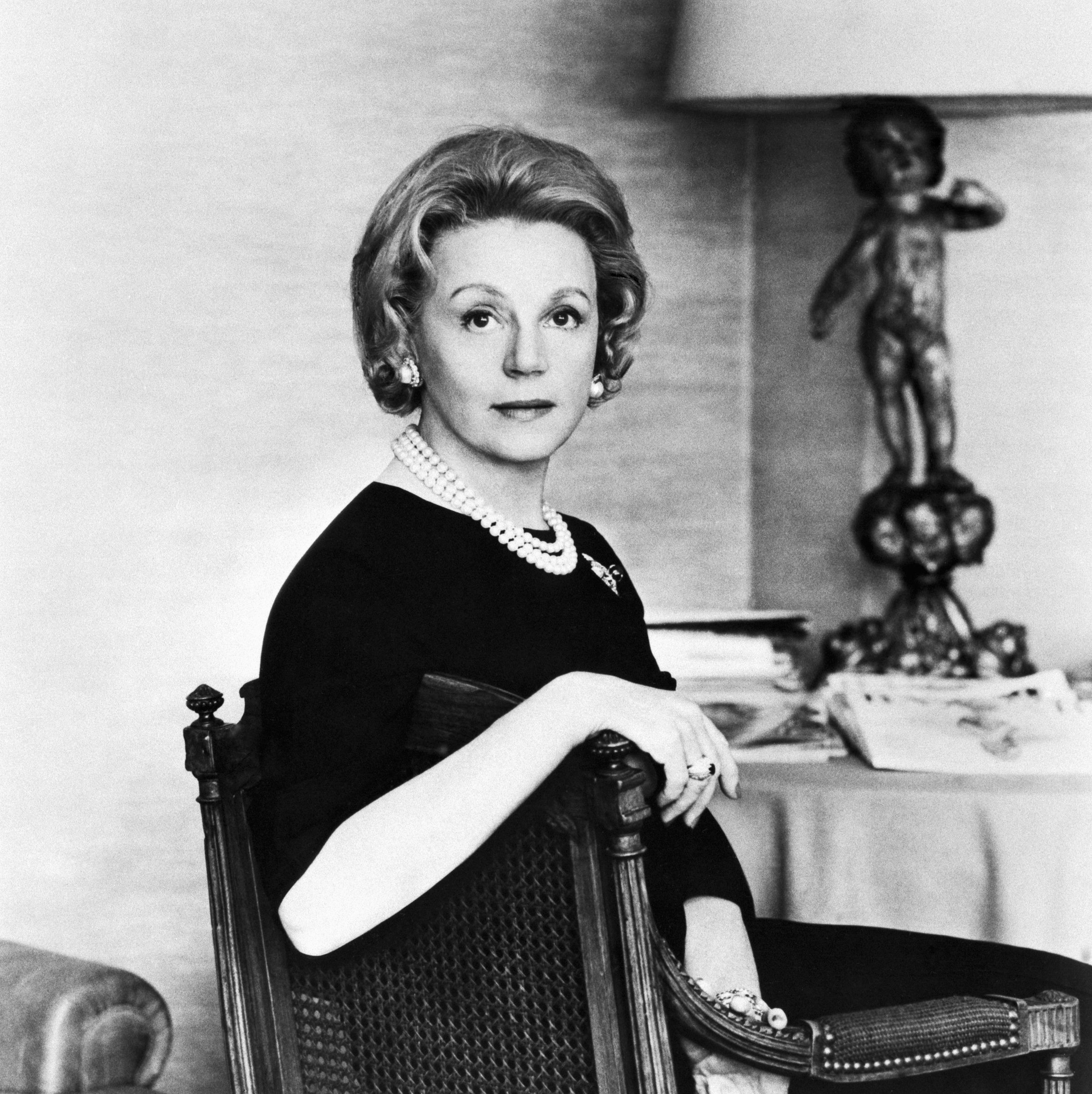
First, a fundraiser idea to raise money for restorations at the historical monument, the Palace of Versailles, organized by Lambert and
the Versailles curator Gerald Van der Kemp.
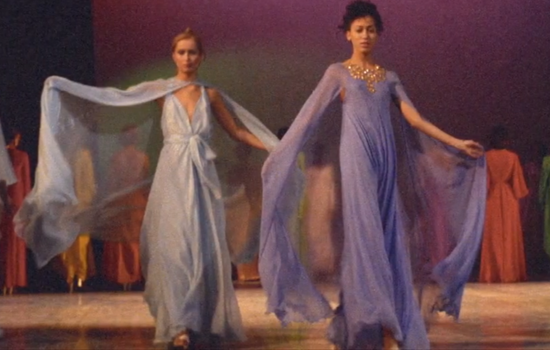
Second, a friendly competition that would pit the creme de la creme French Haute Couture – Yves Saint Laurent, Pierre Cardin, Emanuel Ungaro, Christian Dior, and Hubert de Givenchy against the top five American ready-to-wear and sportswear designers, Oscar de la Renta, Stephen Burrows, Bill Blass, Halston, and Anne Klein.
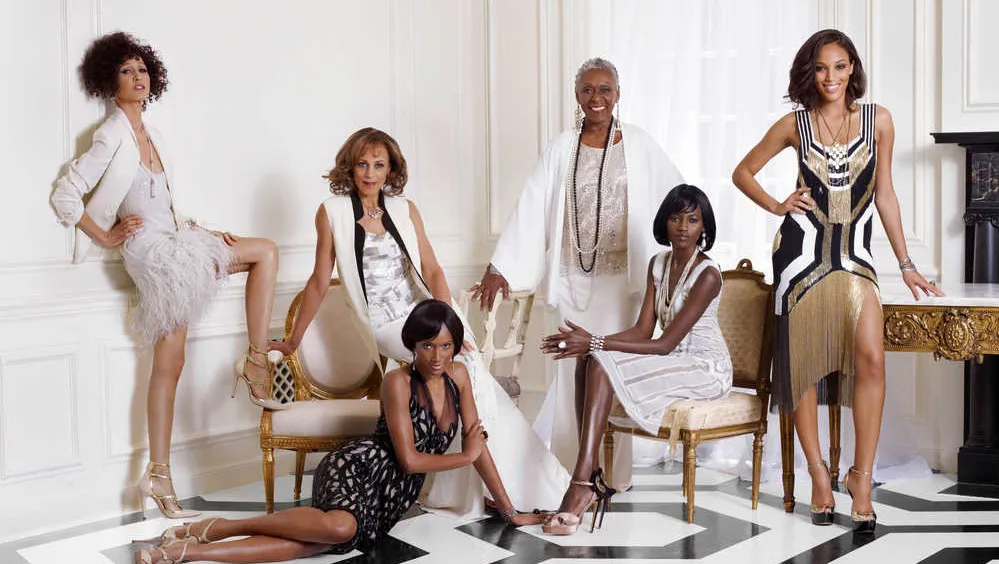
Of the 42 models chosen, for the first time, runway models included ten culturally diverse, primarily African American women, AKA “the 7th Avenue Girls:”
Pat Cleveland
Barbara Jackson
Bethann Hardison
Charlene Dash
Billie Blair
Norma Jean Darden
Alva Chinn
Ramona Saunders
Jennifer Brice
Amina Warsuma
Black models were a rarity in Europe in the 1970s, and the French fashion shows didn’t walk to music. “The dresses these girls wore during the Battle of Versailles fitted for them.” The designers knew their personalities, so they weren’t just designing a collection; they were like, This is perfect for Pat, Bethann’s going to kill this, Alva’s going to slay this. That’s how they won.
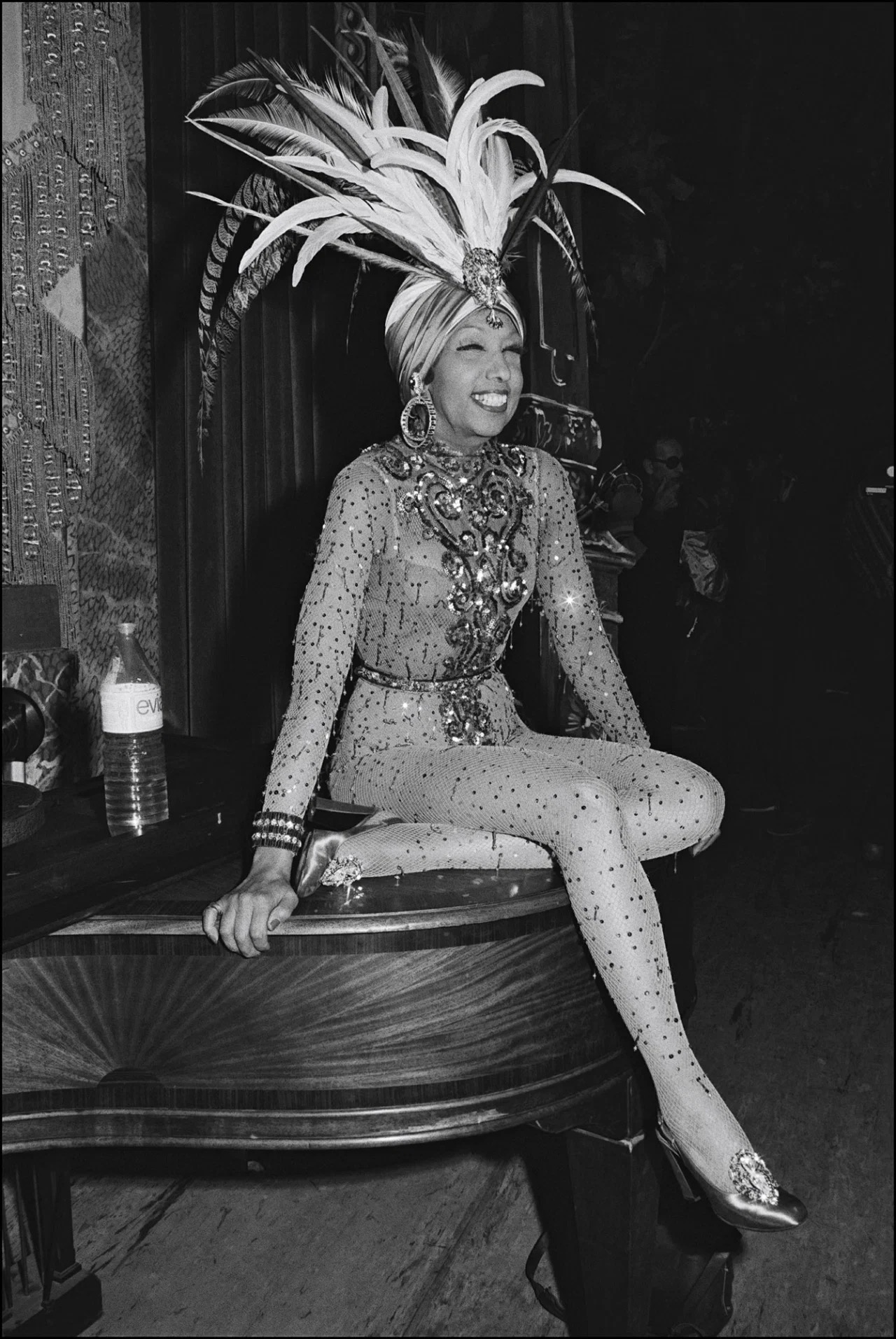
According to the Women’s Wear Daily publisher-editor John Fairchild, sportswear ease triumphed over couture fussiness. Each African American model has a captivating and original way of walking, twirling, and emoting, hence the name “voguing” to American music using cassette tapes.
Longtime Parisian resident and world-renowned entertainer Josephine Baker opened the overreaching French presentation that lasted 2 and 1/2 hours. Fresh off an Oscar win for Cabaret, Liza Minelli closed the show after the American 35-minute performance, which had no elaborate sets, just performance exemplified by the model’s gestures, and no orchestra.
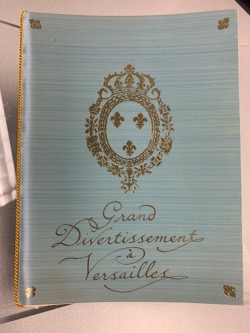
“The American team won because of Kay Thompson,” “It was like a Broadway production, more or less. The Americans won not because of the clothes but because of the choreography.”
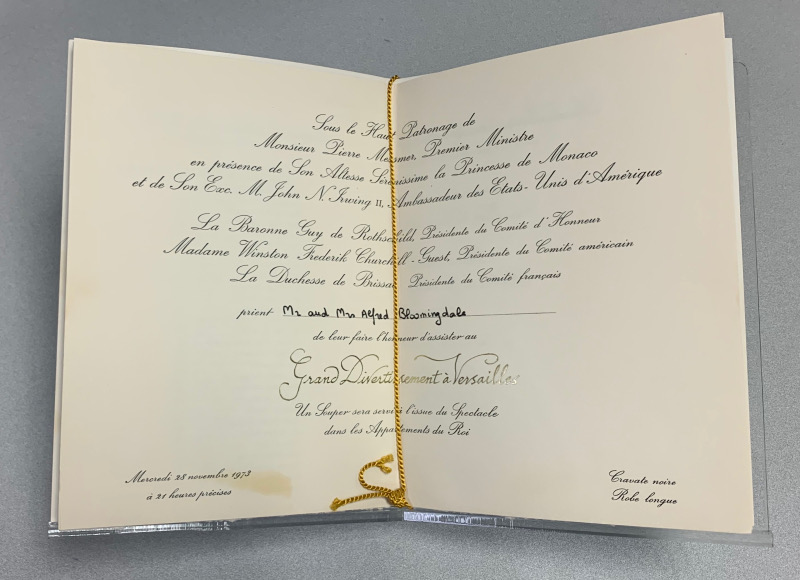
How about the pale blue invitation with gold script announcing the Grand Divertissement à Versaille’s lavish fundraiser for the palace? One would expect such an elaborate invitation to set the tone for an evening of splendor and beauty.
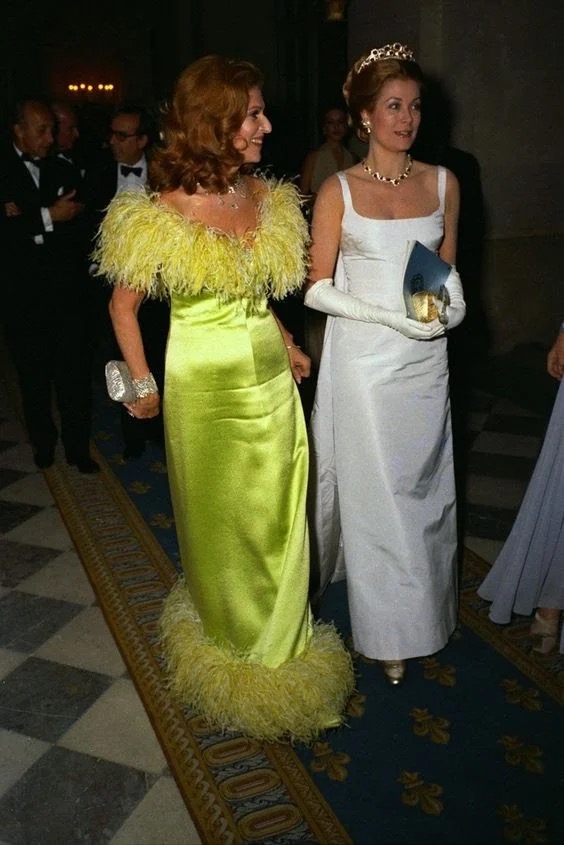
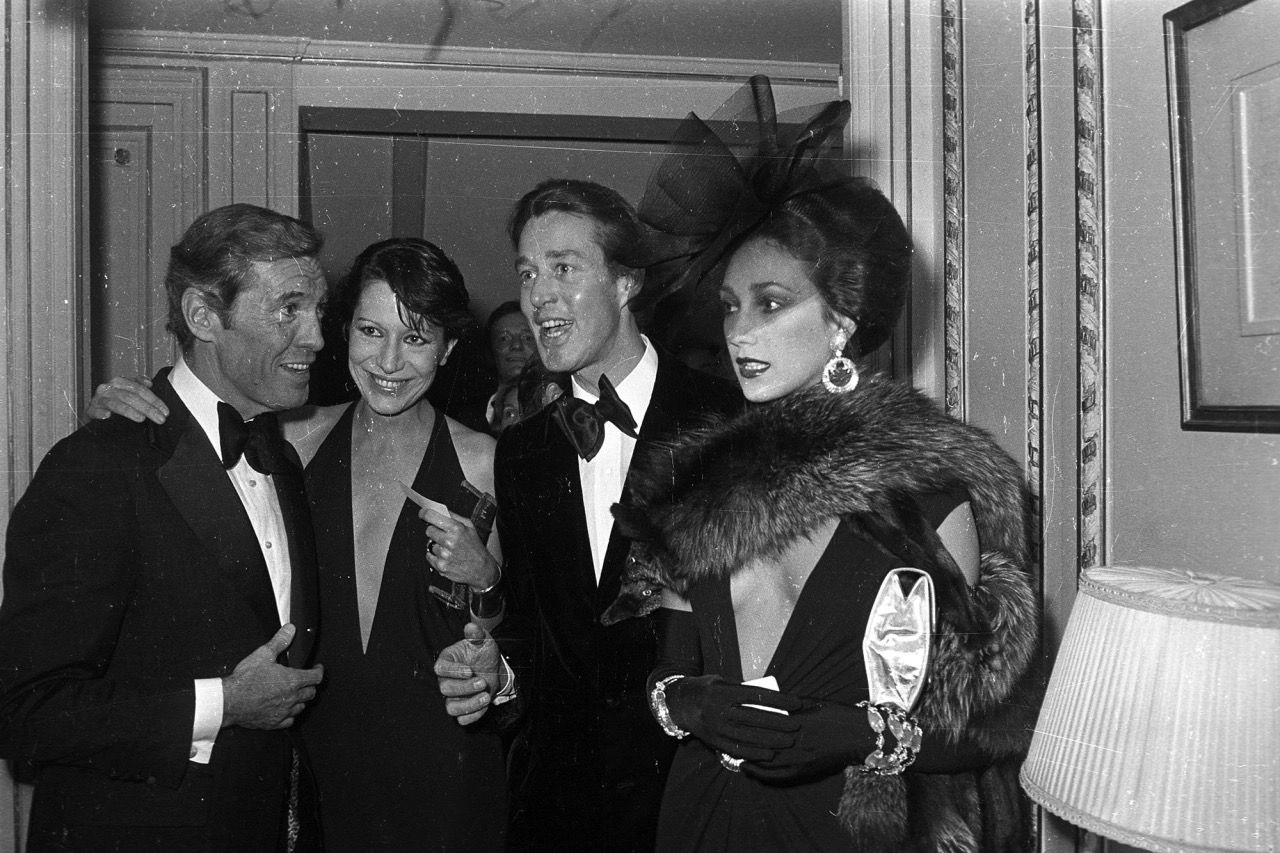
Let’s talk about the world’s social elite gathered at Versailles. The 650 guests included Princess Grace Kelly, Jane Birkin, Andy Warhol, CZ Guest, and Betsy Bloomingdale, to name a few. And $280,00 was raised.

We all know about the wealthy status symbol of Paris’ Palace of Versailles, the former royal residence built by King Louis XIV in 1682 until the French Revolution in 1789. The significant expansions and additions led to the French Revolution.
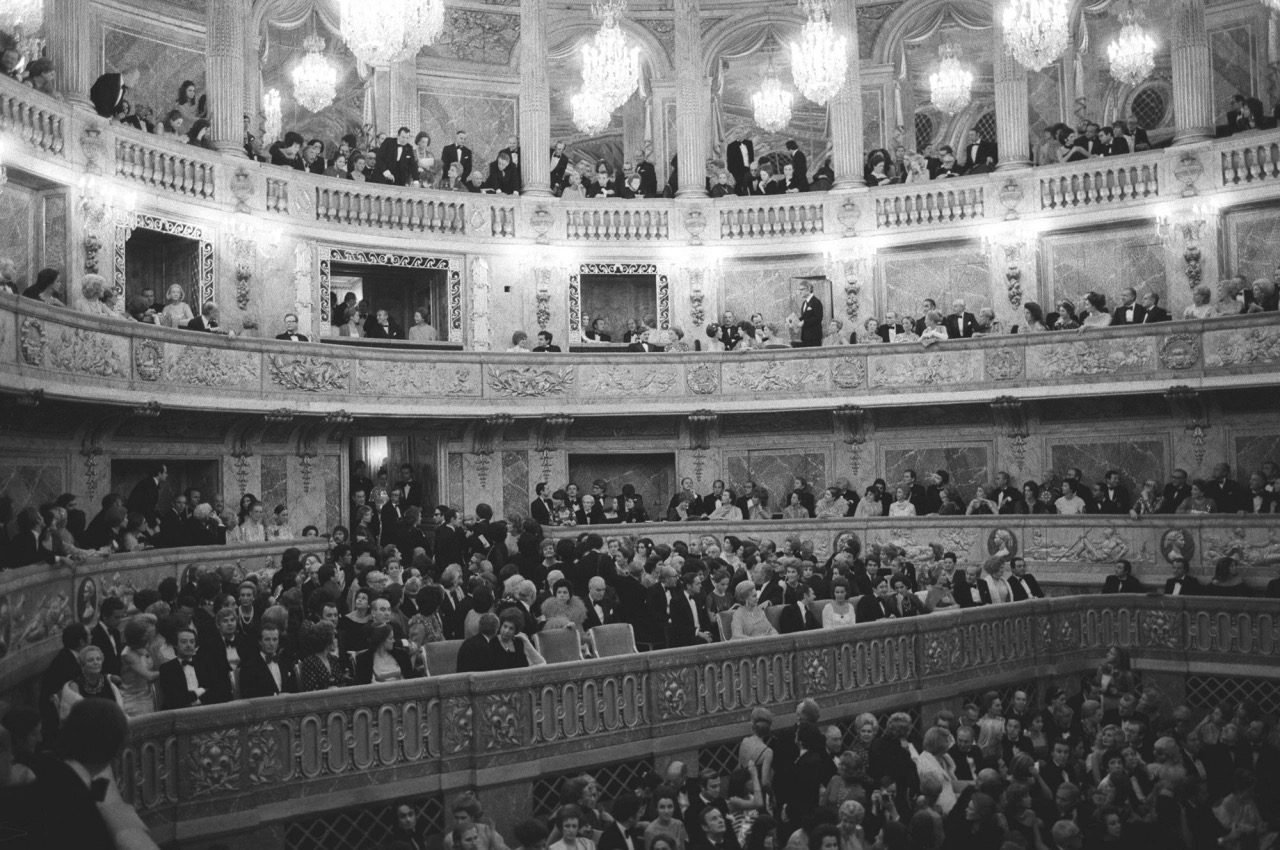
Fast-forward to the mid-1970s, when the French king’s former residence needed a $60 million renovation to restore its original glory. I remember the long line waiting to enter the palace in August 2012.
Even though Marie Antoinette’s life was not so good, she would have approved the American Runway Revolution at Versailles in 1973.
In 2011, the Huffington Post Game Changer Awards honored the African American models of Versailles with the Style Award.
Thank you for visiting The Age of Grace; I appreciate your support. Please remember to wear your mask and social distance.
Happy Thanksgiving too


